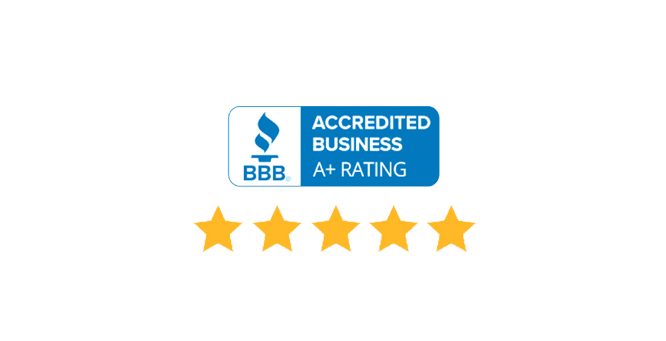
How solar works
Solar panels are becoming more popular by the day. You’ve probably seen them cropping up on your neighbors’ roofs, alongside highways, and even on top of road signs. But how do they work, exactly?
Solar panels work by converting sunlight into electricity that can be used to power anything from an iPhone to a conveyor belt. It sounds like magic, but it’s just science.
Keep reading to learn more about how solar energy works.
The Photovoltaic Effect: How Solar Energy Is Produced
The photovoltaic (PV) effect is a phenomenon that allows certain materials to convert sunlight into electricity. It is the fundamental principle behind the operation of solar panels, which are made up of photovoltaic cells.
The number of PV cells in a panel varies depending on its size. Most residential solar panels have either 60 or 72 PV cells, but there are smaller and larger panels available. The more cells a panel has, the more sunlight it can absorb and, therefore, the more power it can produce.
Key Components of a Solar Panel System
There are a few key components needed to make solar panels work for your home.
Solar PV panels - Convert sunlight into electricity using the photovoltaic effect.
Solar inverter - Converts unusable direct current (DC) electricity into usable alternating current (AC) electricity.
Bi-directional solar meter - Keeps track of the electricity you send to the grid and the electricity you take from it.
Solar battery (optional) - Stores the excess electricity your solar panels generate.
Mounting system - Holds your solar panels in place. Solar panels can be mounted on your roof or on ground mounts.
How Solar Works
How Solar Panels Work, Step By Step
Most residential solar panel systems are grid-tied, which means they are connected to the main electric grid. Here’s how a grid-tied solar panel system works:
Solar PV panels absorb sunlight and generate DC electricity.
A solar inverter converts the DC electricity into AC electricity, which is what household appliances and electronics use.
The AC electricity is sent to your electrical panel and distributed to outlets and appliances as needed.
Excess electricity is sent into the electric grid for net metering or stored in a solar battery for later use.
Electricity is imported from the grid at night or anytime your solar panels are not producing enough electricity. If you have a solar battery, you can use stored solar energy during these times instead of relying on the grid.
Get Answers to All of Your Questions About Solar Energy
Taylor Energy is the premier residential solar installer in Sonoma County. We are passionate about solar energy and always happy to answer questions about how solar panels work! Our goal is to provide all the information you need to make an informed decision when investing in a solar panel system for your home.
Have questions about home solar?
Call (707)785-8022 or contact us for a free consultation!

Talk to an expert about solar panels for your home.
Schedule your free consultation today!












